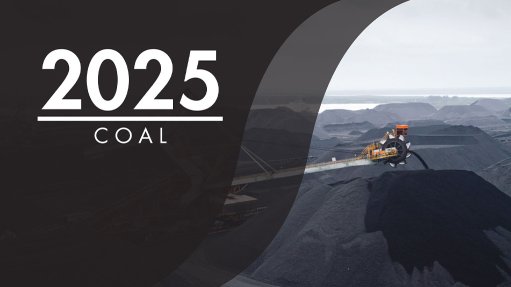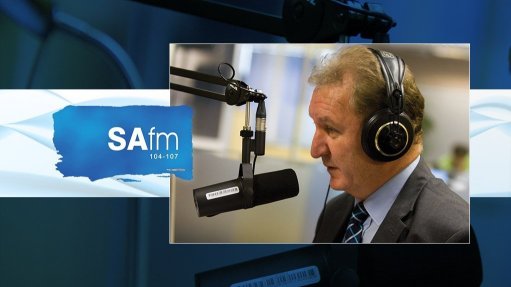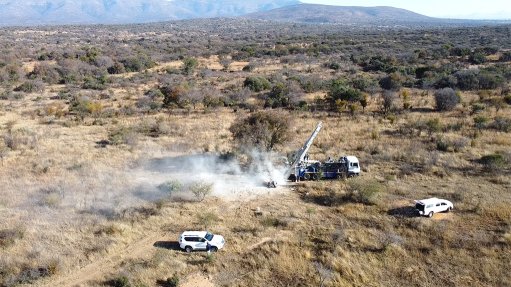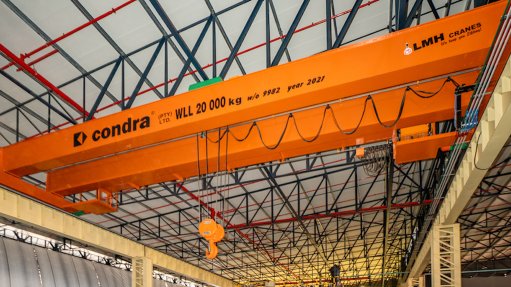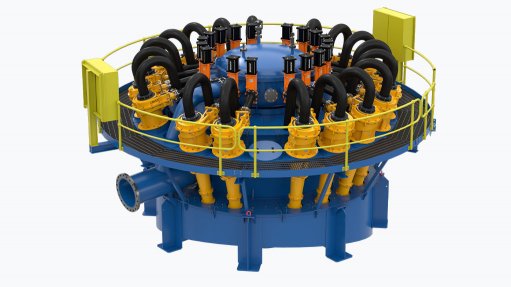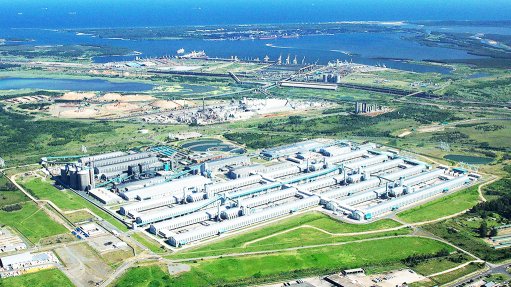Valterra highlights processing assets' edge

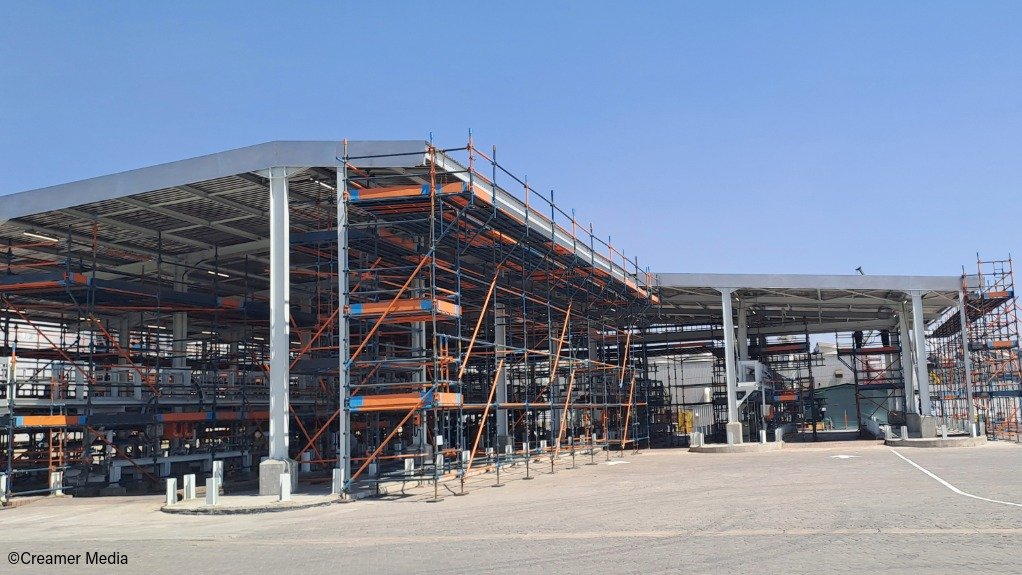
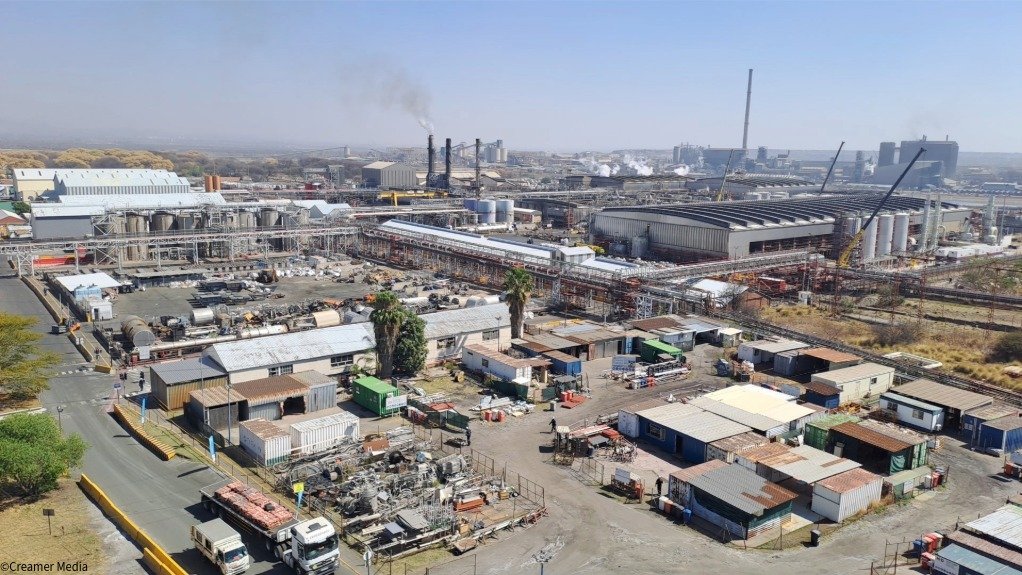
A chemicals storage facility
Photo by Creamer Media's Tasneem Bulbulia
Photo by Creamer Media's Tasneem Bulbulia
Platinum group metals (PGM) mining group Valterra Platinum’s vertically integrated processing value chain – with processing assets that are “the largest and most technologically advanced” in the industry – offer a strategic advantage for the company, providing scale, flexibility and efficiency.
This was asserted by processing operations executive head Agit Singh, speaking during a site visit to the company’s processing assets in Rustenburg this week, where management showcased the capabilities and advantages of the assets.
“Our processing operations are not just supporting the business – they’re driving industry leading returns,” Singh acclaimed.
He highlighted Valterra’s integrated portfolio, with the company operating across the entire value chain, from mining to concentrating, smelting and refining, as well as marketing and market development.
Valterra produces a multitude of products, at various processing stages, at scale across the value chain. It operates and maintains a large fleet of smelting operations, with 183 MW of smelting capacity.
The base metals refinery (BMR) produces four distinct products – nickel cathode, copper cathode, cobalt sulphate and sodium sulphate, which is sold in the market, some at a premium, Singh said.
Last year, the BMR achieved record breaking nickel production of 26 000 t, and 17 000 t of copper. Yearly production of cobalt sulphate is between 550 t to 630 t, while sodium sulphate is between 35 000 t and 55 000 t.
Singh posited that base metals are the company’s “competitive advantage,” underpinned by its ability to treat high-base metal PGM ores from its Mogalakwena and Unki mines.
The use of base metals in the smelting operations processes enables stability and efficiency, which provides a differentiator for Valterra. Moreover, the company is the only producer of nickel cathode in the PGM industry, registered with the London Metal Exchange. Also, it is “unique” in the PGM industry, with peers only producing nickel sulphate and nickel briquettes, Singh said.
Meanwhile, the BMR produces six different metals in varying forms, dependent on market requirements.
It produces1.8-million to 2.4-million ounces of platinum; 1.2-million to 1.6-million ounces of palladium; 225 000 oz to 345 00 oz of rhodium; 95 000 oz to 130 000 oz of iridium; 380 000 oz to 530 000 oz of ruthenium; and 80 000 oz to 110 000 oz of gold a year.
Valterra refinery GM Hayley Prinsloo acclaimed that, to date, 30% of global primary PGM production has been through the company’s BMR facility. Last year, it reached a milestone cumulative throughput of 100-million ounces of 6E PGMs.
She highlighted competitive advantages of the facility as including a unique high-pressure chlorine dissolution, which boosts efficiency and purity; selective 6E metals recovery using proprietary extractants, which engenders premium purity; a high yield rhodium precipitation method; and a dual redundancy systems that enables resilience, scalability and uninterrupted production.
STRATEGIC APPROACH
The company’s processing value chain is well capitalised, allowing for flexibility to optimise the balance of own production and third-party material, with about 40% of concentrates volumes currently derived from third parties, Singh pointed out.
He added that Valterra has created further optionality through mass pull optimisation, with this providing flexibility and the ability to ramp capacity up/down.
He mentioned progress at the processing operations as including reducing the total recordable frequency rate by over 20% over the past three years; reducing energy intensity since 2020 by 11% at the smelters, and 45% at the BMR, with the use of sustainable resources; and efforts in community development, including R955-million investment in local suppliers.
Moreover, he informed the Valterra has prioritised significant investments in its processing assets over the past few years. This includes ramping up capital allocation for smelters from R2.2-billion in 2020 to R6-billion in 2023, tapering to R4.2-billion last year.
For refineries, this was ramped up from R500-million to R4.5-billion in 2023, tapering to R1.5-billion last year.
Valterra has also undertaken considerable work to optimise its smelters its furnaces, for efficiencies and recovery improvements.
Valterra smelter GM Quintin van Rooyen highlighted that continuous investment in the rebuild strategy has resulted in no unplanned failures since 2020, and added that the in-house, total ownership approach to rebuilding furnaces has enabled an about 40% reduction in costs.
“Our furnace rebuild programme, environmental controls and digital efforts have improved stability and utilisation. Our focus is on stable operation and high utilisation for our assets. This enables consistent and predictable output. . .” Singh averred.
Valterra processing GM Kiran Chaitram informed that the future focus for the BMR includes increasing automation, with a data-driven culture to enhance decision making, he added.
Also, one of the major capital projects being undertaken for the BMR is the commissioning of a new bulk chemicals storage facility, Valterra production processing section manager Kalin Naidoo informed.
This aims to provide a reliable supply of the chemicals used in extracting metals. It would replace the current facility, which has reached its end of life and is facing structural integrity challenges – with this expected to bolster safety, and also almost double capacity. The facility is expected to be complete in about six weeks, he indicated.
Valterra separated from its parent company, global diversified miner Anglo American, earlier this year, and listed on the JSE and LSE as a standalone entity.
CEO Craig Miller told Mining Weekly that this is not expected to materially impact on the operating procedures of the processing assets, but rather, would engender improvements in terms of how the company operates from a capital efficiency and procurement perspective.
He added the Valterra is aiming for continuous improvements and striving for greater agility and efficiencies.
The company is now fully independent, with only a few certain transitional service arrangements still in place, and the aim to exit these by the middle of next year, which Miller added would result in cost savings.
Article Enquiry
Email Article
Save Article
Feedback
To advertise email advertising@creamermedia.co.za or click here
Press Office
Announcements
What's On
Subscribe to improve your user experience...
Option 1 (equivalent of R125 a month):
Receive a weekly copy of Creamer Media's Engineering News & Mining Weekly magazine
(print copy for those in South Africa and e-magazine for those outside of South Africa)
Receive daily email newsletters
Access to full search results
Access archive of magazine back copies
Access to Projects in Progress
Access to ONE Research Report of your choice in PDF format
Option 2 (equivalent of R375 a month):
All benefits from Option 1
PLUS
Access to Creamer Media's Research Channel Africa for ALL Research Reports, in PDF format, on various industrial and mining sectors
including Electricity; Water; Energy Transition; Hydrogen; Roads, Rail and Ports; Coal; Gold; Platinum; Battery Metals; etc.
Already a subscriber?
Forgotten your password?
Receive weekly copy of Creamer Media's Engineering News & Mining Weekly magazine (print copy for those in South Africa and e-magazine for those outside of South Africa)
➕
Recieve daily email newsletters
➕
Access to full search results
➕
Access archive of magazine back copies
➕
Access to Projects in Progress
➕
Access to ONE Research Report of your choice in PDF format
RESEARCH CHANNEL AFRICA
R4500 (equivalent of R375 a month)
SUBSCRIBEAll benefits from Option 1
➕
Access to Creamer Media's Research Channel Africa for ALL Research Reports on various industrial and mining sectors, in PDF format, including on:
Electricity
➕
Water
➕
Energy Transition
➕
Hydrogen
➕
Roads, Rail and Ports
➕
Coal
➕
Gold
➕
Platinum
➕
Battery Metals
➕
etc.
Receive all benefits from Option 1 or Option 2 delivered to numerous people at your company
➕
Multiple User names and Passwords for simultaneous log-ins
➕
Intranet integration access to all in your organisation






